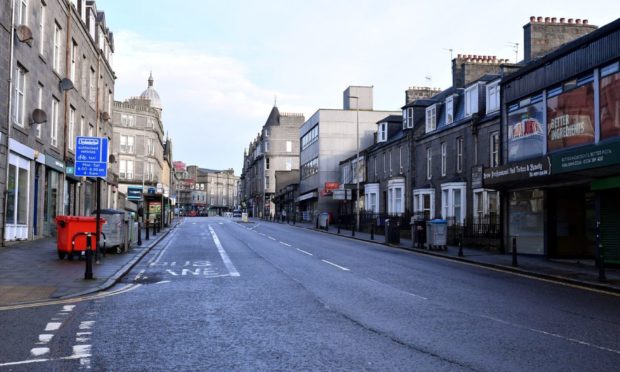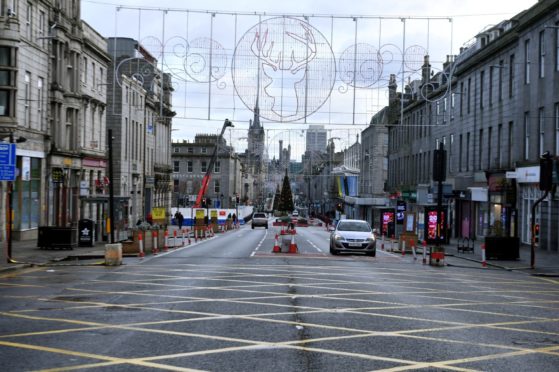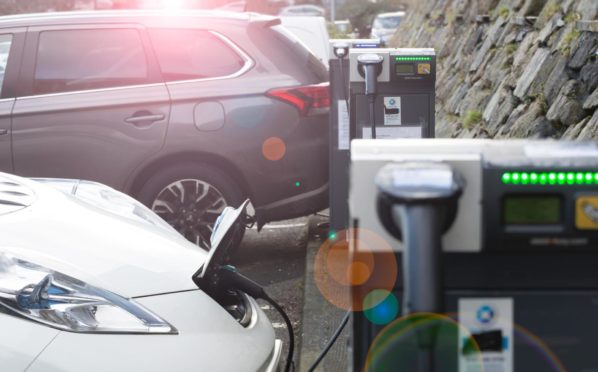The low emission zone planned for Aberdeen could “negatively impact” the lives of poorer families, carers, and charity workers according to a new report.
There are plans to ban diesel and many older petrol vehicles from Aberdeen city centre.
The Scottish Government wants to introduce low-emission zones (LEZ) in Scotland’s four biggest cities.
Drivers who flout the rules could face fines.
Aberdeen City Council is expected to introduce the zones by summer 2022 although they must wait until Transport Scotland publish regulations and give them powers to do this.
However, in a report published by Transport Scotland, concerns were raised about sections of the workforce and society being “negatively impacted” by the plans.
The impact assessment revealed there were “potential equalities and human rights impacts” brought on by the introduction of the zones.
It warned that people from “deprived communities” who need cars to access employment or education would face the “largest negative impact.”
This is because it is “more likely” that they will own older vehicles that are non-compliant.
The report states that the “cost of necessary vehicle upgrades would decrease disposable income.”
However, it adds that “the severity of the impact is dependent on the design of
the local LEZ, mitigation in place from the local and national government, and availability of alternative transport modes.”
It also found that carers who use their cars to reach clients in city centres could also suffer financially, and this “may result in a potential reduction in quality or quantity of service or increase in cost to the user.”
The cost of running charitable or voluntary transport, such as medical transport, to help people, access services in city centres could also rise.
People with “hidden” disabilities who are not eligible for the blue badge scheme could also lose out as they could be charged “each time they enter a LEZ with vehicles that are non-compliant with LEZ regulations.”
Those living in rural and semi-rural community would also be negatively impacted because of their need to access city centres for work, leisure and education purposes.
Edmund King, president of the AA, told the Daily Mail that cutting emissions in city centres is a “balancing act.”
He said: “Cutting city emissions is a complex balancing act that has to get it right for the environment as well as making sure the elderly, less well-off, younger and other driver groups aren’t discriminated against through a lack of viable and cost-effective alternatives.
‘The pandemic will have knocked for six the finances and work patterns of many who might be affected.”
Scottish Conservative environment spokeswoman Liz Smith said that each LEZ proposal “must be carefully considered before being implemented.”
A Transport Scotland spokesman said: “Poor air quality affects all members of society, but has a disproportionate impact on vulnerable people and groups.”
“The findings and recommendations from the integrated impact assessment are being used by local authorities who are best placed to ensure equality as they assess how a LEZ in their area is designed and operated.”




